Types Of Fractures
- Simple Fractures: The fractured pieces of bone are well aligned and stable Unstable fracture- the fragments of the broken bone are misaligned and displaced.
- Compound (Open) Fractures: A severe fracture in which the broken bones protrude through the skin. This type of fracture is more prone to infection and requires immediate medical attention
- Malunion Fractures: Malunion fractures are occurs when the ends of a broken bone do not line up properly as the bone heals. The condition can cause a bone that is twisted, rotated or bent. It may change the length and make the bone shorter than normal. If left untreated, malunion fractures can cause joint instability, arthritis and loss of function.
- Nonunion Fractures: Nonunion fractures occurs when a broken or fractured bone does not heal in the expected period of time. Nonunions happen when the bone lacks adequate stability, blood flow, or both. They also are more likely if the bone breaks from a high-energy injury, such as from a car wreck, because severe injuries often impair blood supply to the broken bone.

Skin Grafts
Skin grafting is a surgical procedure that involves removing skin from one area of the body and moving it to a different area of the body. This surgery may be done if a part of your body has lost its protective covering of skin due to burns, injury, or illness.
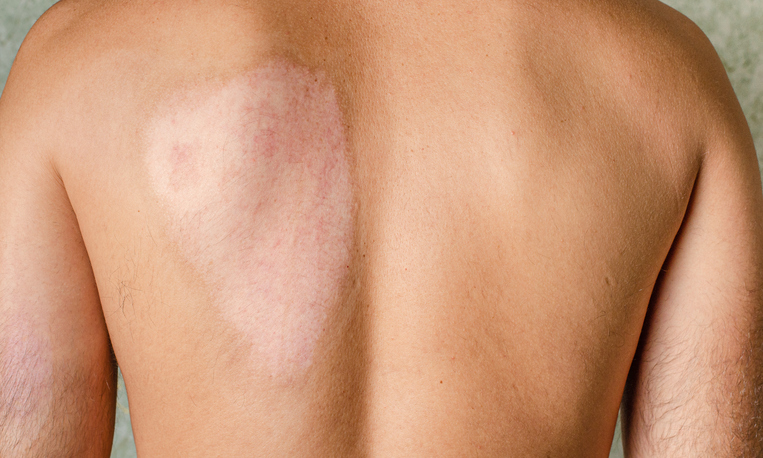
Free Flap
Free flap surgery is a reconstructive surgery technique that involves the transfer of skin from one area of the body to another. The tissue that’s being transferred is still linked to a major vein or artery. The transferred tissue is attached to an injured area via a graft or flap. The “flap” may only be fatty tissues. It could also contain some muscle from the area where the tissue was collected.
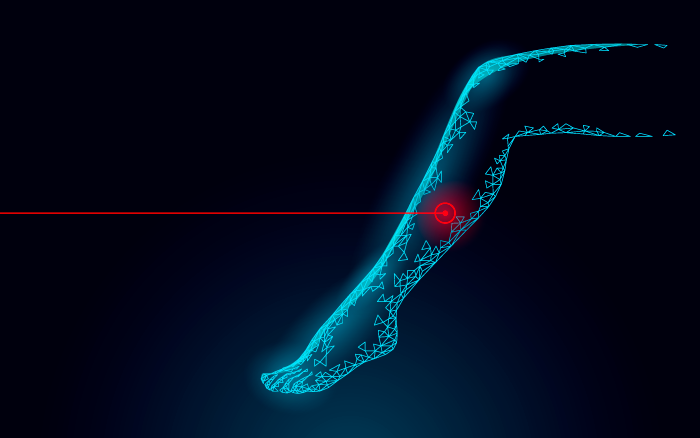
Rotation Flaps
Rotation flaps provide the ability to mobilize large areas of tissue with a wide vascular base for reconstruction. The name rotation flap refers to the vector of motion of the flap, which is curved or rotational, and the procedure involving these flaps can be thought of as the closure of a triangular defect by rotating adjacent skin around a rotation point (or fulcrum) into the defect.
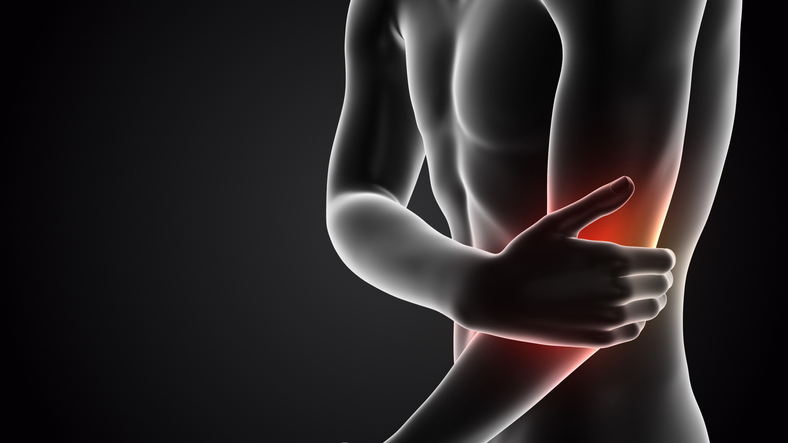
Rotation Flaps
Rotation flaps provide the ability to mobilize large areas of tissue with a wide vascular base for reconstruction. The name rotation flap refers to the vector of motion of the flap, which is curved or rotational, and the procedure involving these flaps can be thought of as the closure of a triangular defect by rotating adjacent skin around a rotation point (or fulcrum) into the defect.

Ankle Replacement
Ankle replacement surgery is the replacement of a damaged ankle joint with an artificial implant. Ankle replacement surgery is a procedure to replace this damaged joint to eliminate this pain and swelling. Typically, the procedure takes place under general anesthesia. Your surgeon will make an incision in your ankle to access the affected joint. Next, your surgeon will remove the damaged parts of your tibia and talus bones. Your surgeon will attach artificial metal joints to the remaining bone surfaces, with a piece of plastic inserted between them.
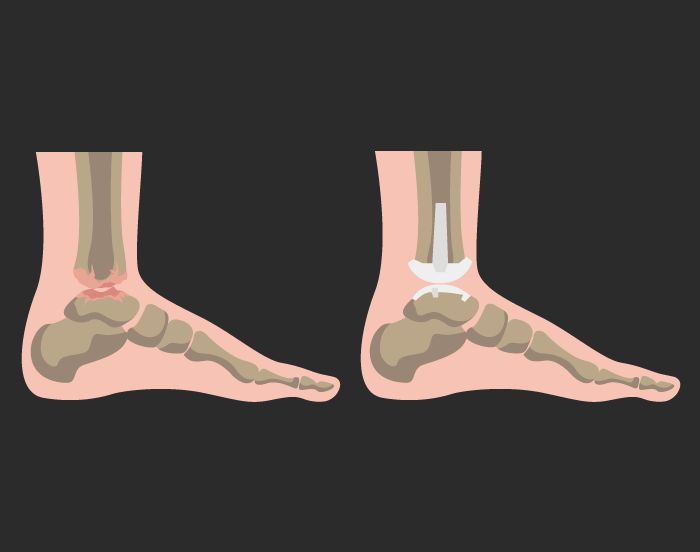
Hip Replacement
Total Hip Replacement: A Hip Replacement is performed when there has been damage to the hip joint as a result of severe trauma or fracture. It’s also a common treatment for hip This procedure is done under general anesthesia. During the procedure a surgical cut is made over the hip to expose the hip joint and the femur is dislocated from the acetabulum. The surface of the socket is cleaned and the damaged or arthritic bone is removed using a reamer. The acetabular component is inserted into the socket using screws or occasionally bone cement. A liner made of plastic, ceramic or metal is placed inside the acetabular component. The femur or thigh bone is then prepared by removing the arthritic bone using special instruments, to exactly fit the new metal femoral component. The femoral component is then inserted to the femur either by a press fit or using bone cement. Then the femoral head component made of metal or ceramic is placed on the femoral stem. All the new parts are secured in place using special cement. The muscles and tendons around the new joint are repaired and the incision is closed joint arthritis.
Partial Hip Replacement:– A partial hip replacement removes and replaces the ball of the hip joint. It does not replace the socket. This surgery is most often done to repair certain types of hip fractures.
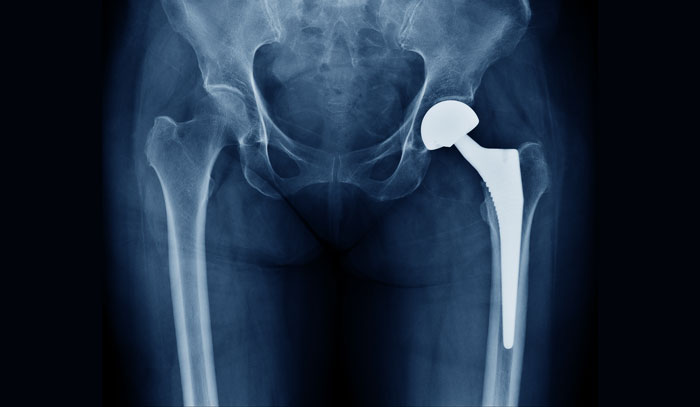
Knee Replacement
Total Knee Replacement:– Total Knee Replacement is where the entire joint is replaced with artificial surfaces. It is performed primarily to relieve knee pain and stiffness caused by osteoarthritis.
Partial Knee Replacement:– Partial knee replacement is where the bone surfaces of only one compartment of the knee joint are removed and replaced with implants, as compared to that of multiple compartments in the case of a total knee replacement.
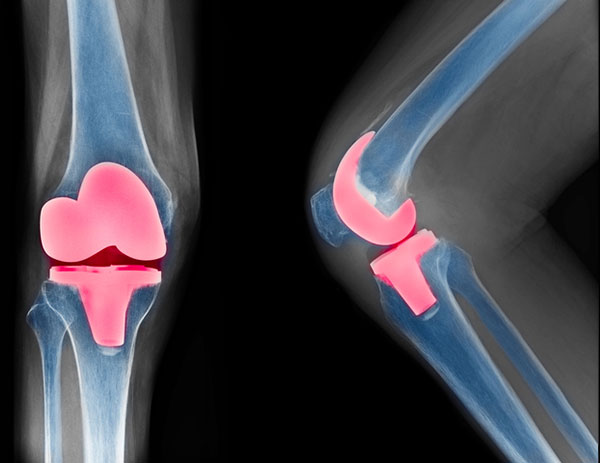
Shoulder Replacement
Shoulder Replacement Surgery removes the damaged parts of the shoulder and is replaced with artificial components, called a prosthesis.The treatment options are either replacement of just the head of the humerus bone (ball), or replacement of both the ball and the socket (glenoid).


